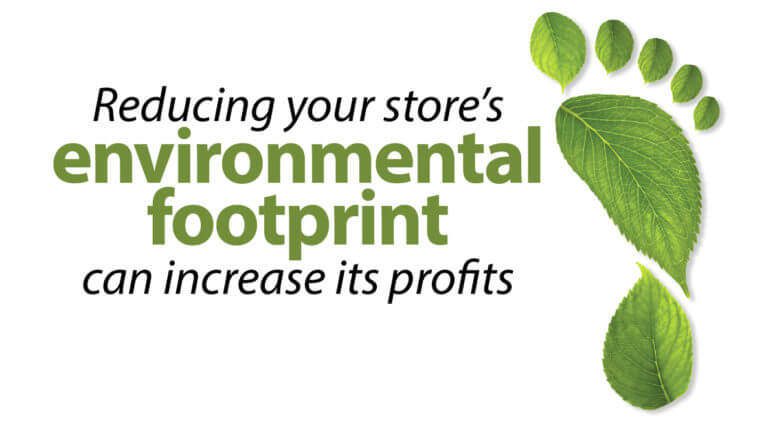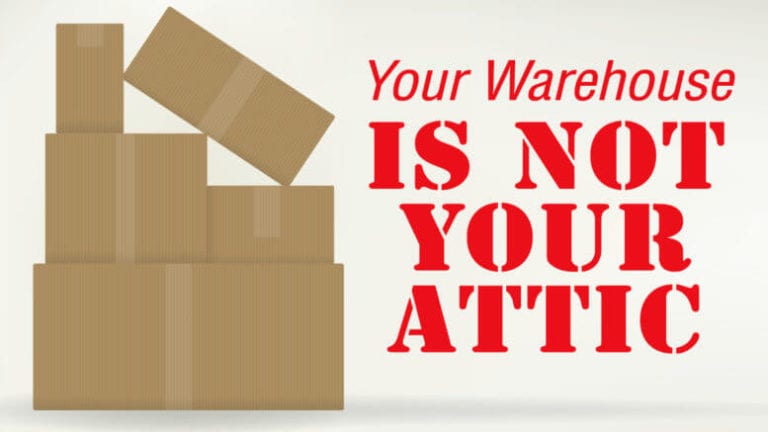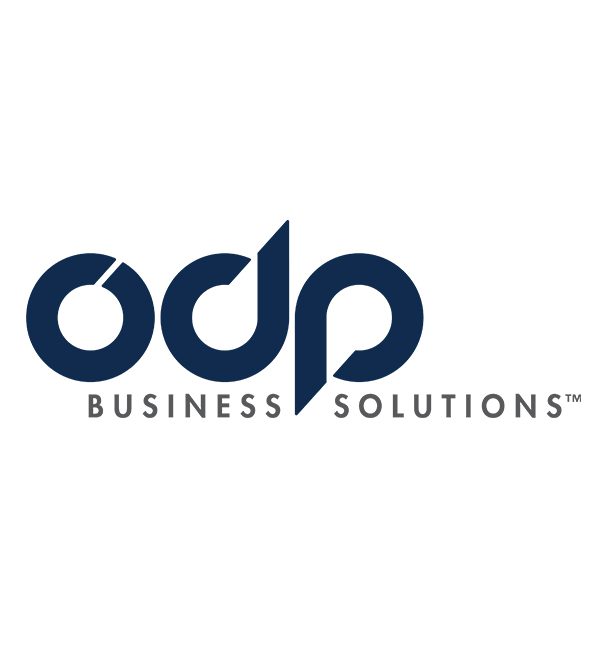Many people assume doing the right thing will be expensive. That’s a myth we at the Sustainable Furnishings Council love to dispell. The fact is that best practices for sustainability – for ensuring a healthy future – will save you money immediately and in the long term. Doing more to encourage sustainability also gives you more to tell your customers, and it is information they will be glad to learn.
SFC’s consumer research shows that 87 percent of home furnishings customers are worried about global warming, based on their own experience with extreme weather events. Further, 97 percent are worried about indoor air quality. Many are directly affected by air quality-related illness or know someone who is.
There are three broad areas of your store where you can act immediately to reduce your environmental footprint: operations, product and outreach programs.
Here are easy steps to help you get started. Begin with the ones that look easiest. Any steps you take in these areas will make a difference, not only to your bottom line but also for the planet.
Use less energy
Chances are your store’s heating and air conditioning system accounts for anywhere from one-third to half of your monthly power bill. Make sure your thermostat is set to automatically adjust, letting the temperature rise overnight in the summer and fall overnight in the winter. Let it move toward the outdoor temperature by about 10 degrees and return to the temperature you want about half an hour before your customers arrive in the morning.
Another big energy use in your store is lighting. Fortunately, these days there is no need to sacrifice color or quality of lighting when you choose readily available energy-efficient LEDs. They are a fraction of the cost they were 10 years ago and use only a fraction of the energy of incandescent lighting. They also last many times longer, so you save time as well as money because these bulbs will not have to be replaced as often.
Choose renewable energy
The more we choose renewable energy, the cheaper it will become. Even if you are not ready to install solar panels on your roof, you can seek options within your community for purchasing energy that is generated by water, wind, solar or other clean sources. Your power company will have a program you can invest in, and your customers will be glad to hear you are a part of it.
Recycle everything
Reuse boxes as often as you can. Recycle all your packaging waste, reusing as much of it as possible first. Make sure there are easy-to-find recycling boxes on your floor, for soda bottles, office paper, etc. America discards about 10 billion pounds of plastic every year, recycling less than one-third of it. When we recycle more of our plastic, our polyester textile producers will have more fiber feedstock and will be able to make more recycled polyester fabric. In turn, those options, which are about 85 percent less energy intensive than virgin polyester fabrics, will become less and less expensive.
Empower your employees
Recruit a cross-departmental group within your organization that meets regularly to brainstorm ideas for further reducing your environmental footprint, creating a plan with measurable goals, and monitoring results. Provide training, such as the council’s own GREENleaders certificate program, to at least one member of the team. Make sure your Green Team is led by a member of your executive team, and make the topic one of your regularly reviewed agenda items.
Choose good wood products
There are many good choices in wood, starting with certified lumber from carefully managed forests. Forest Stewardship Council (FSC) certification is the gold standard. There are other good certifications as well. Another approach is to emphasize wood types that are fast-growing, meaning quickly renewable. These include mango and rubberwood, which are already popular in furniture production. Non-timber materials such as bamboo, rattan and water hyacinth are also excellent choices. Avoid species known to be threatened and from subtropical hot spots known for endangered forests and illegal logging unless you have proven certification.
Choose no- and low-volatile organic compound finishes.
Sealers present environmental problems because of solvents they contain. These compounds are commonly petroleum- or synthetic-based, so they contain high levels of volatile organic compounds (VOCs). VOCs give us that “new product” smell, but they also give many of us a headache, or worse. Since 97 percent of your customers are worried about the quality of the air in their homes, offices and your store, you will do well to ask your vendors for low-VOC and no-VOC finishes.
Choose reclaimed and recycled materials
Human refuse, what we throw away, has become the most abundant natural resource on the planet. Much of it can be used to make beautiful home furnishings, and even more is used in packaging. In your store, you can also engage in direct recycling of furnishings by taking back your customers’ old furniture, perhaps refurbishing it and selling it in a special section of your store. Or you could donate it to the Habitat for Humanity ReStore or another worthy cause in your community. It is another touch that your customers will love.
Raise Your Voice
Exercise your power with government. Let your representatives know that you count on them to help curb the expansion of negative environmental emissions. When they hear more from the people, they may be less subject to the influence of powerful lobbyists for the oil, energy, chemical and auto industries.
Let your community know where you stand. Have events around Earth Day or take advantage of SFC’s ideas for #EarthDayAnyDay and for #SustainableSaturdays. Your community and your customers will thank you with their business.
We are here to help you make efficient improvements for your business and to help you communicate with your customers. The SFC member seal lets them know that you are committed, and our training ensures that your staff can have powerful conversations for a healthy and successful future, starting now. Reach out to the Sustainable Furnishings Council if you need help or inspiration.











